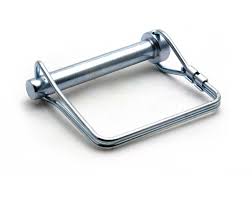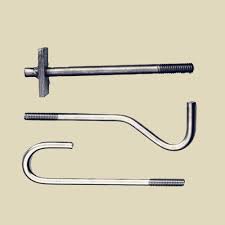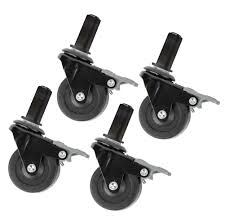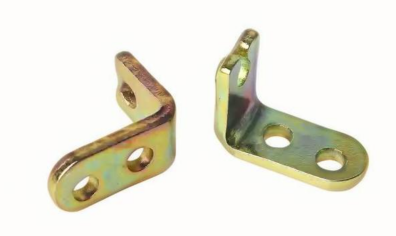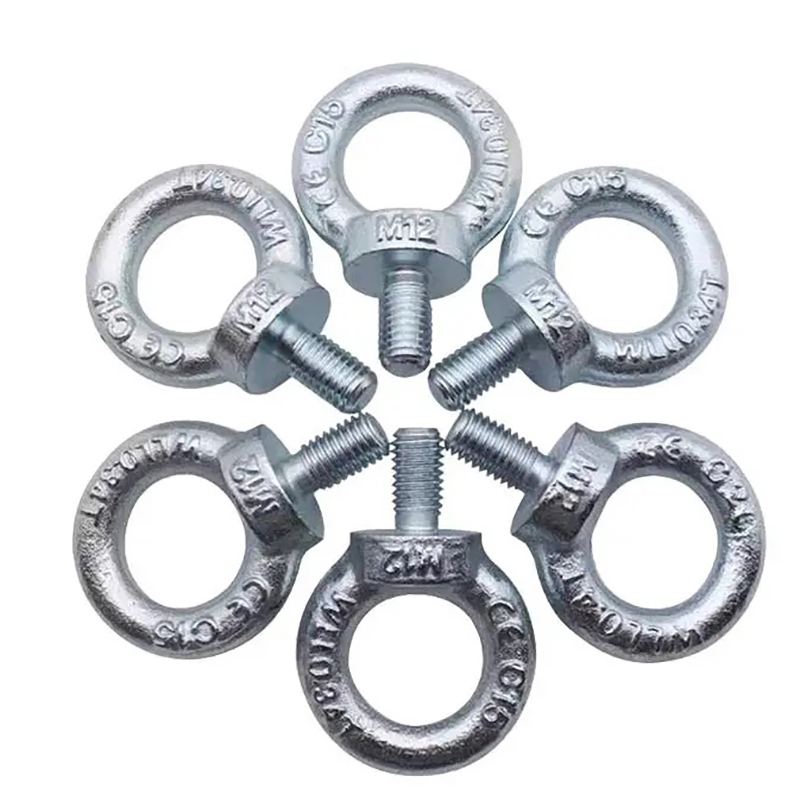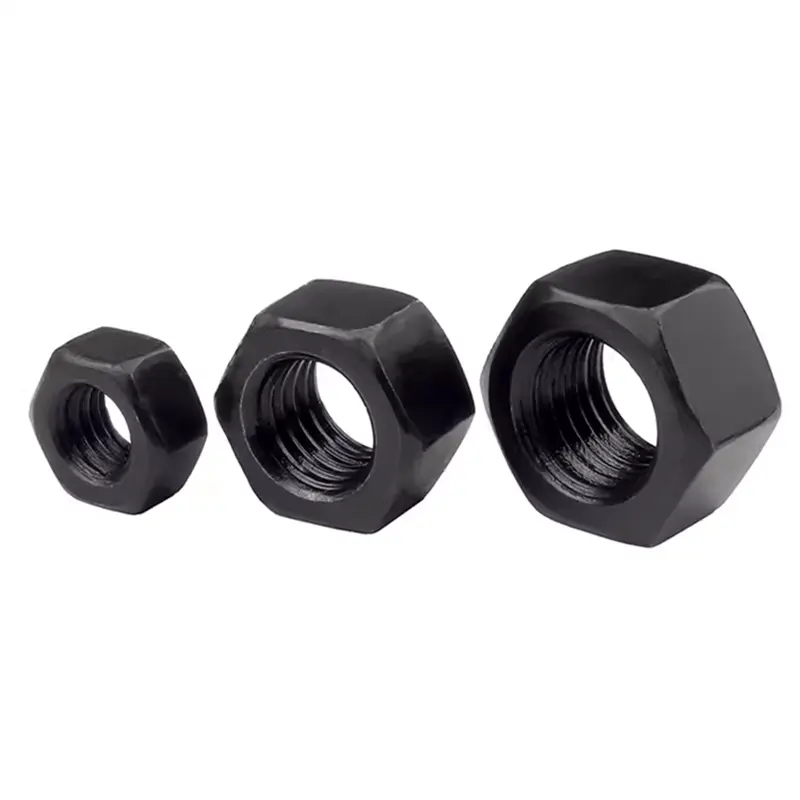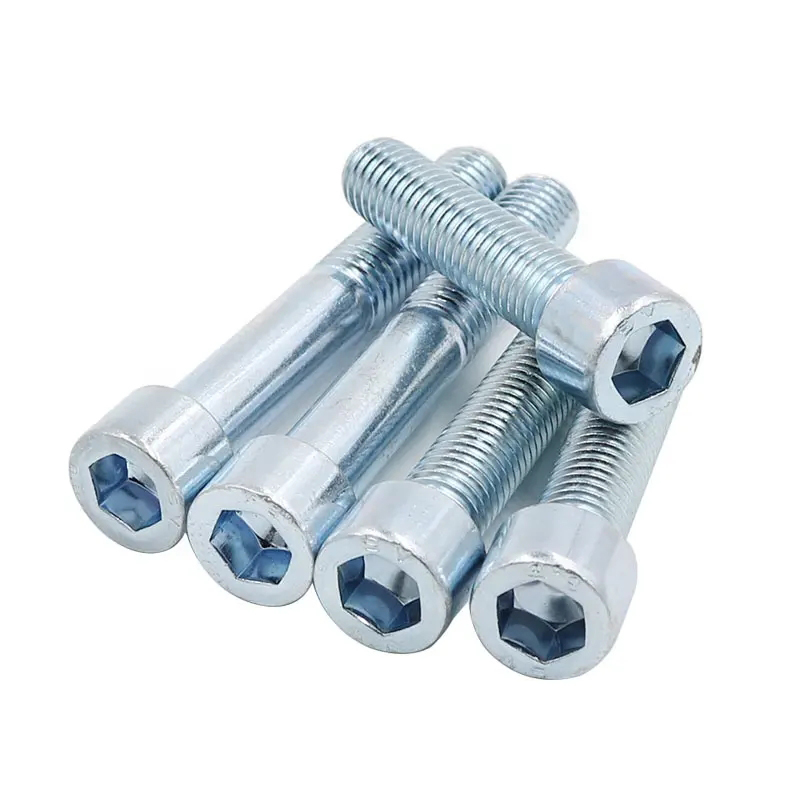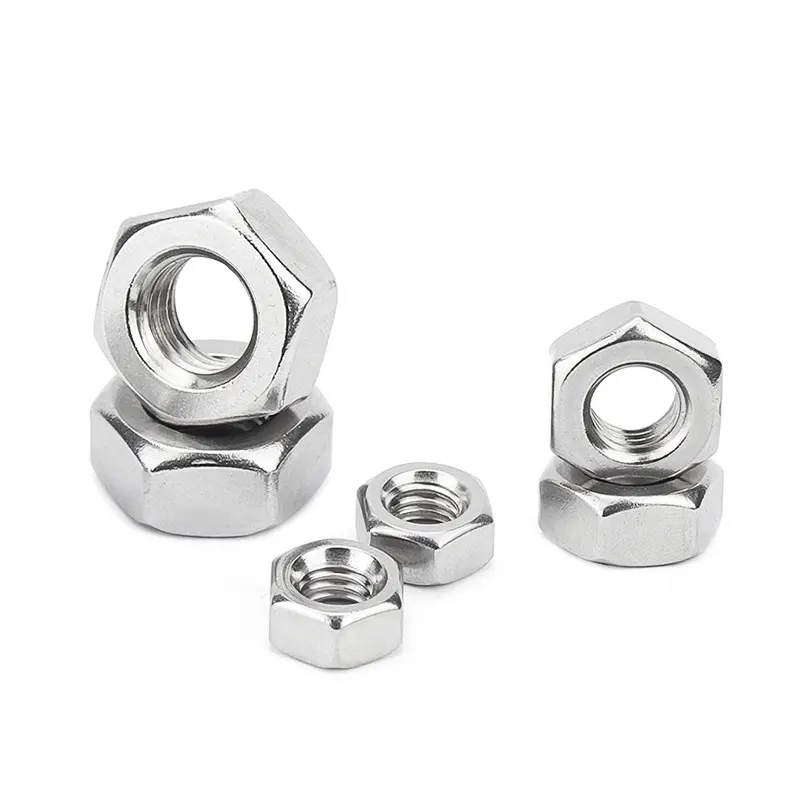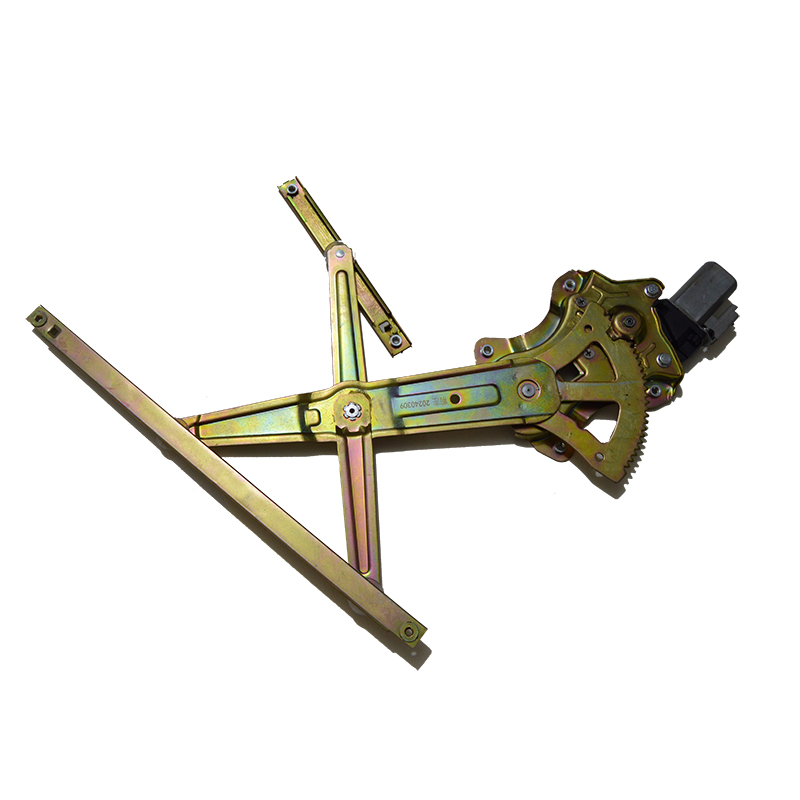Blind Nuts: A Comprehensive GuideBlind nuts, also known as weld nuts, are essential fasteners used in various applications where access to the backside of the workpiece is limited. This guide explores the different types, applications, advantages, and considerations when choosing blind nuts for your project. We'll delve into the specifics, ensuring you have the knowledge to select the optimal blind nut for your needs.
Types of Blind Nuts
Weld Nuts
Weld nuts are a common type of
blind nut. They are welded onto the workpiece, providing a strong and secure fastening point. Different materials are available, including steel, stainless steel, and aluminum, depending on the application's requirements. Their design ensures a reliable connection, even in challenging environments.
Clinch Nuts
Clinch nuts are installed by squeezing or deforming the nut's body around a pre-punched hole in the workpiece. They offer a cost-effective and fast installation method compared to welding, particularly for thinner materials. Choosing the appropriate clinch nut depends on the material thickness and required clamping force.
Insert Nuts
Insert nuts, often made of various metals like brass or steel, are pressed or driven into pre-drilled or pre-punched holes. They provide a threaded insert for mating screws, simplifying the assembly process. The material selection and installation method are crucial for proper function.
Self-Clinching Nuts
Self-clinching nuts are a type of
blind nut specifically designed to be installed without welding or additional tools. These nuts have a unique design that allows them to be squeezed into place, forming a permanent bond with the workpiece. Their ease of installation makes them ideal for many manufacturing situations.
Choosing the Right Blind Nut
Selecting the right
blind nut is crucial for the structural integrity and longevity of your project. Several factors influence this decision:
| Factor | Considerations |
| Material | Steel, stainless steel, aluminum, brass—each offers different strength, corrosion resistance, and cost. |
| Thread Size | Select a thread size compatible with your screw type and application. |
| Installation Method | Welding, clinching, pressing, or self-clinching methods each have their advantages and limitations. |
| Material Thickness | The thickness of the workpiece dictates the type of blind nut that can be used. |
| Application Environment | Consider factors like temperature, humidity, and chemical exposure. |
Applications of Blind Nuts
Blind nuts are used across a wide range of industries and applications, including: Automotive manufacturing Aerospace components Electrical enclosures HVAC systems Machinery and equipment
Advantages of Using Blind Nuts
Strong and reliable fastening Suitable for applications with limited access Simplified assembly process Cost-effective in many scenarios Variety of materials and sizes available
Hebei Dewell Metal Products Co., LTD: Your Reliable Source for High-Quality Blind Nuts
For a reliable supplier of high-quality
blind nuts, consider Hebei Dewell Metal Products Co., LTD. They offer a wide selection of
blind nuts to meet diverse application needs. Visit their website at
https://www.deweLLfastener.com/ to explore their product range and learn more about their commitment to quality.Remember to always consult relevant engineering standards and safety guidelines when selecting and installing
blind nuts. Proper selection and installation are vital for ensuring a successful and secure fastening solution.



